The natural world is a tapestry of intricately woven ecosystems, each with its unique characteristics and life forms. While we may be familiar with rainforests and coral reefs, the planet harbors a multitude of lesser-known ecosystems, each fascinating in its own right. In this article, we’ll explore 20 unique ecosystems you probably didn’t know existed, shedding light on their attributes and the biodiversity they support.
Brine Pools
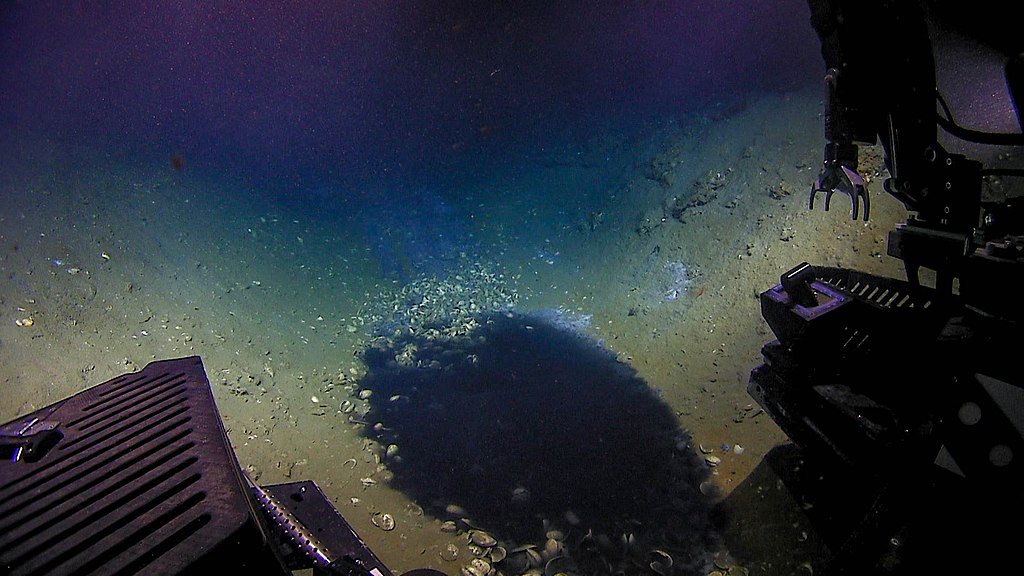
Brine pools, also known as underwater lakes, are found on the ocean floor. These extreme environments boast salinities much higher than surrounding seawater, creating an oasis for unique and extremophile organisms. Despite the harsh conditions, brine pools are home to specially adapted species like bacteria and tube worms, showcasing nature’s adaptability.
Xeric Shrublands
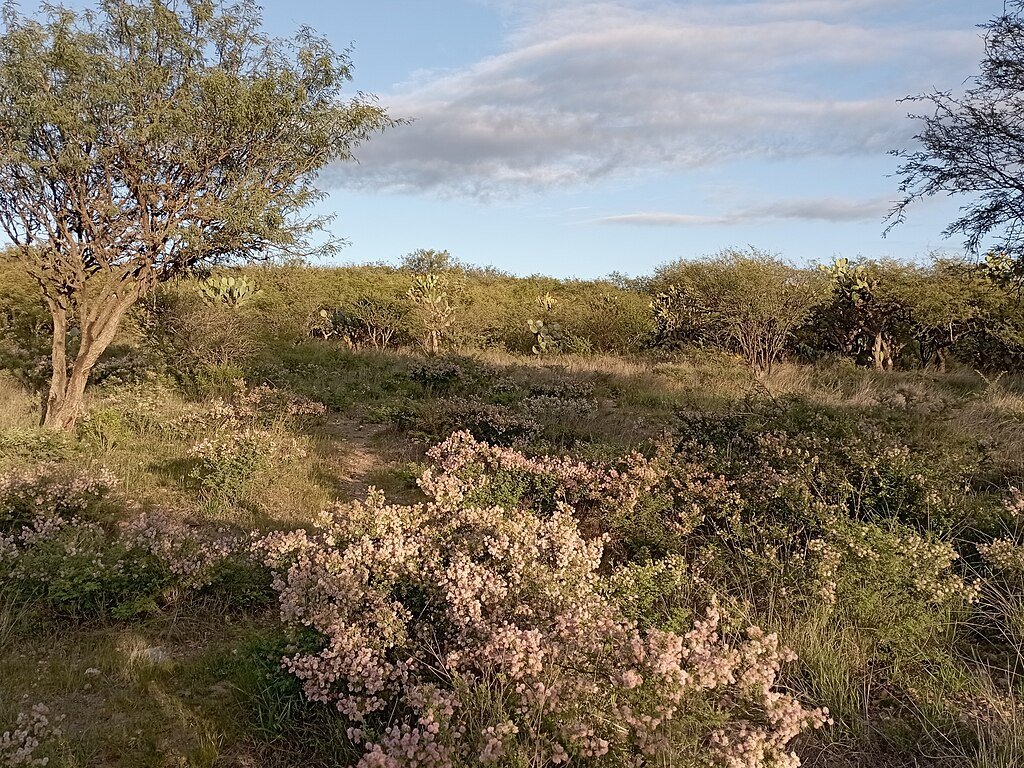
These dry, desert-like ecosystems are often overshadowed by more famous deserts. Xeric shrublands are characterized by sparse vegetation adapted to arid conditions, such as hardy shrubs and succulents. These ecosystems support a surprising diversity of life, including reptiles, rodents, and a myriad of insects.
Cloud Forests
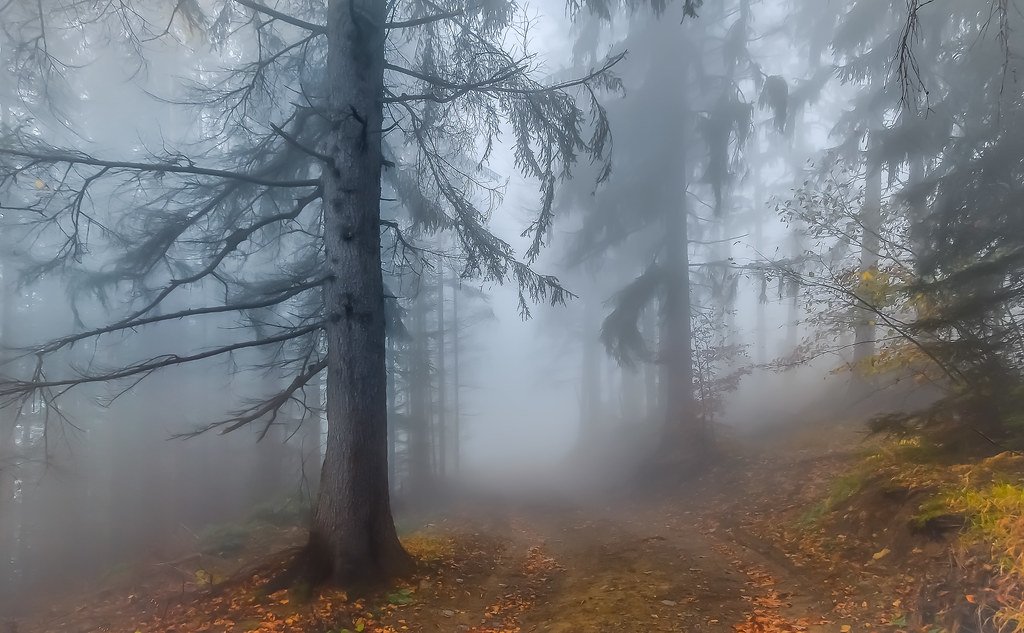
Sitting at higher elevations, cloud forests are enveloped in mist and fog, receiving constant moisture. This unique environment fosters a lush biodiversification with an abundance of epiphytes, ferns, and orchids thriving in the damp microclimate. Cloud forests are critical for biodiversity yet are among the most threatened ecosystems due to climate change and deforestation.
Soda Lakes
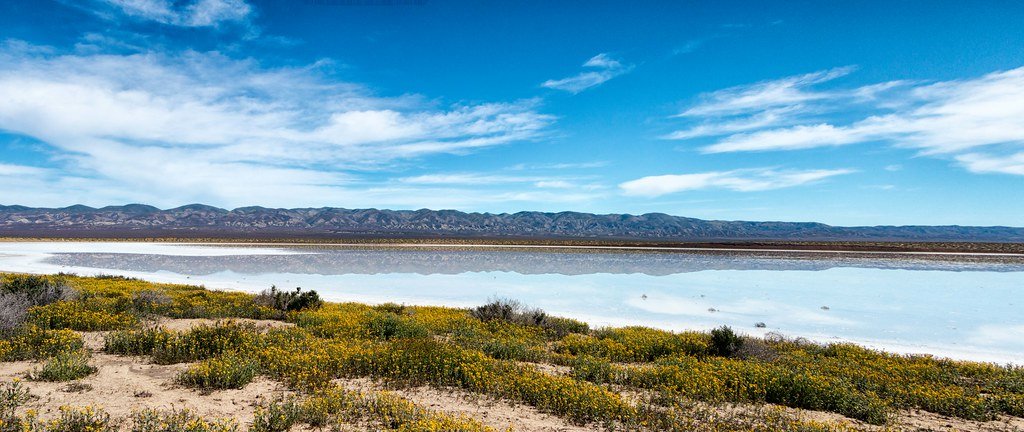
Soda lakes have high alkalinity due to dissolved carbonate salts. These ecosystems support life forms that have adapted to alkaline conditions, such as flamingos which feed on the lake’s algae, and brine shrimp. The unique fauna and flora illustrate evolutionary marvels adapted to extreme environments.
Vernal Pools

These temporary pools of water form in the spring and provide a critical breeding habitat for amphibians and invertebrates. Their ephemeral nature means only certain life forms can thrive, with many adaptations seen in the life cycles of their inhabitants to survive dry periods. Vernal pools are hotspots of biodiversity and ecological studies.
Polynya
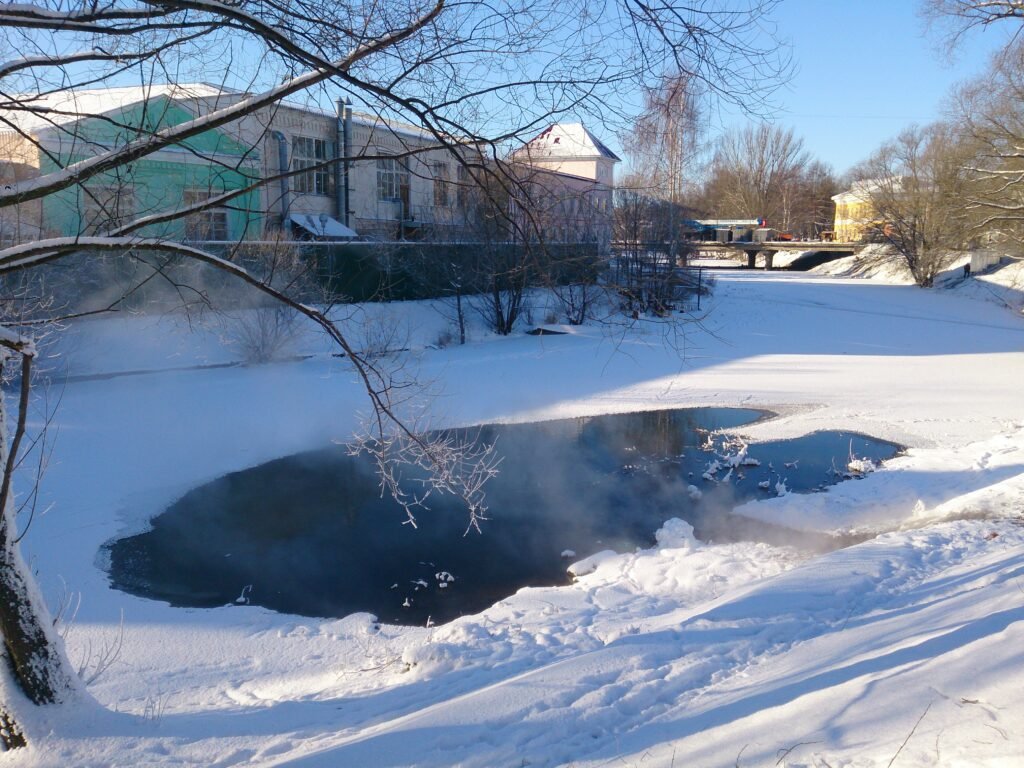
Polynyas are areas of open water surrounded by sea ice, prevalent in polar regions. These patches of water don’t freeze despite frigid surroundings and serve as critical habitats for marine mammals like seals and whales, as well as migratory birds. The formation of polynyas remains a topic of interest and study among scientists.
Petra Forests
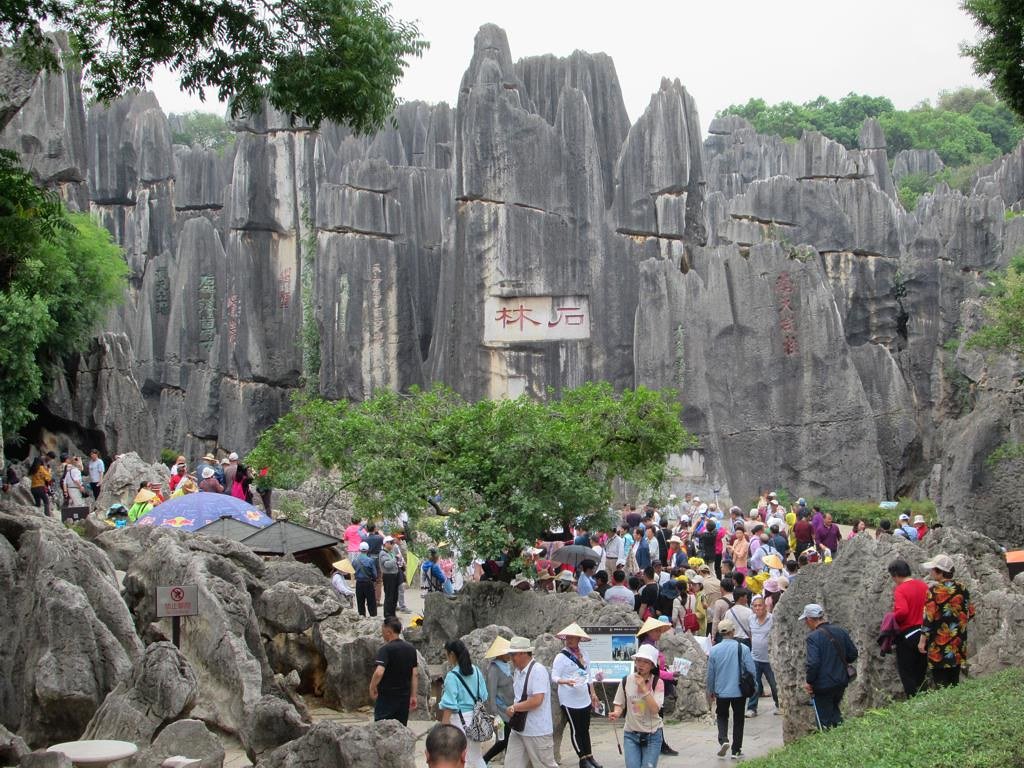
Commonly called rock forests, these formations consist of stone structures that resemble ancient trees. Found in various parts of the world, Petra Forests boast a unique geology that provides niches for specialized plant and animal life while also serving as natural historical records of prehistoric climate conditions.
Kelp Forests
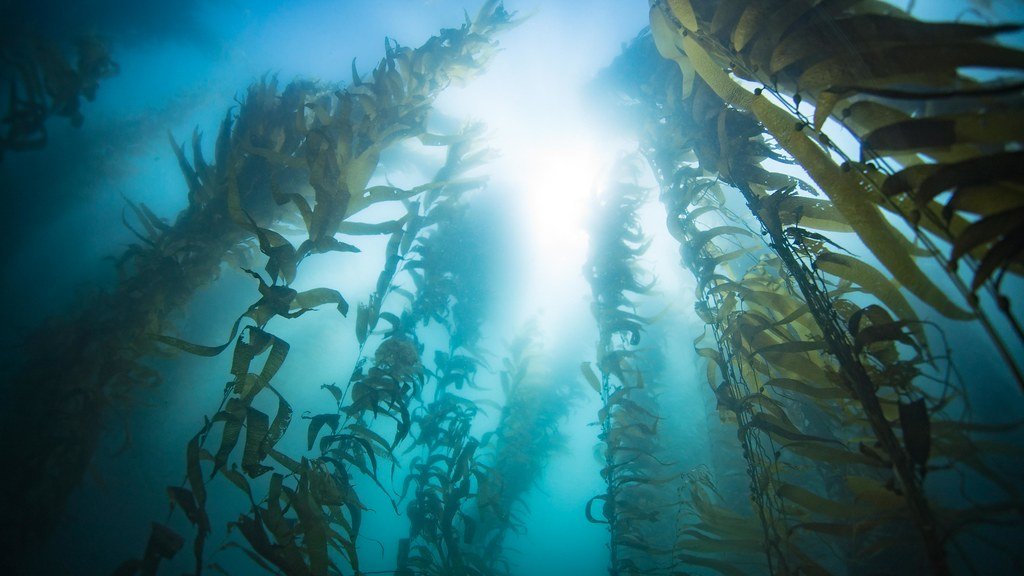
These underwater forests are formed by towering kelp, a type of brown algae. Found in temperate coastal waters, kelp forests support a diverse array of marine life, including fish, invertebrates, and marine mammals. Kelp forests play a crucial role in coastal environments, providing food, shelter, and coastal protection.
Mangrove Swamps
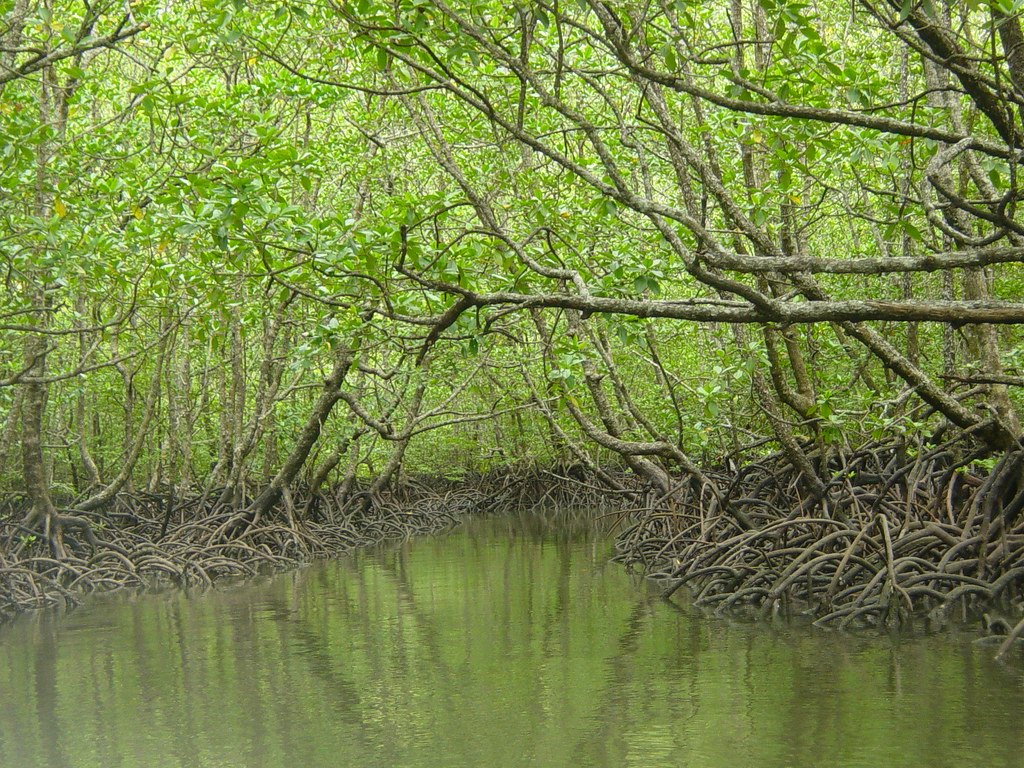
Located between land and sea, mangrove swamps are characterized by salt-tolerant trees and shrubs. These ecosystems provide critical nursery habitats for fish and protect coastlines from erosion. They are rich in biodiversity and essential for maintaining ecological balance in coastal regions.
Tide Pools
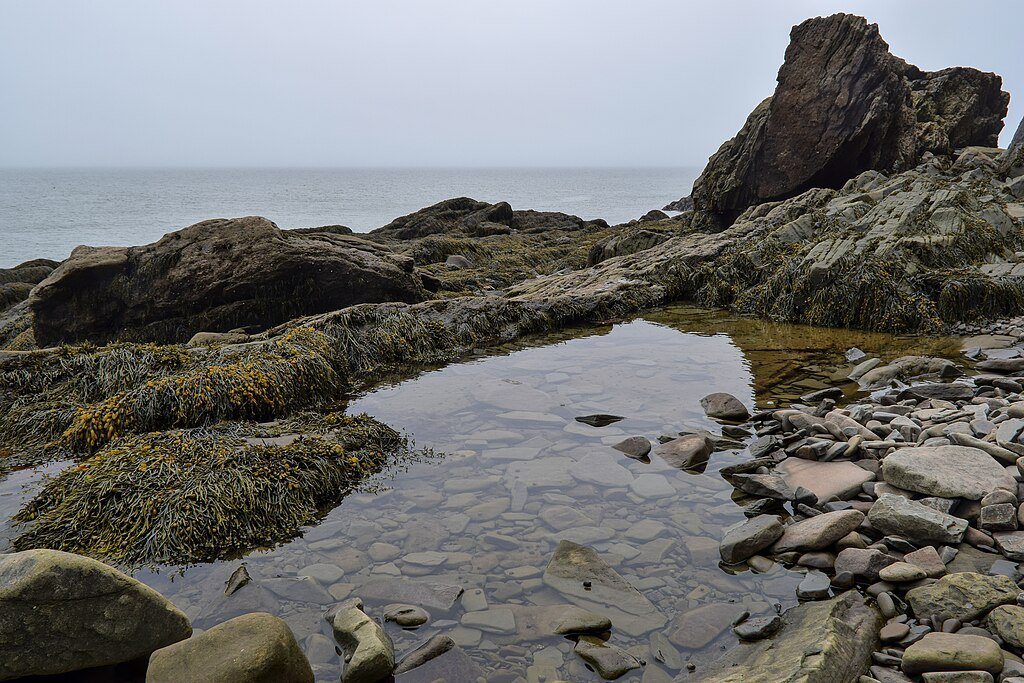
Tide pools are small ocean ecosystems that form in the rocky intertidal zone. These pools hold water after tides recede, creating a micro-environment rich in marine life, from sea stars and anemones to crabs and barnacles. Tide pools are educationally valuable, offering a snapshot of ocean ecology.
Peat Bogs
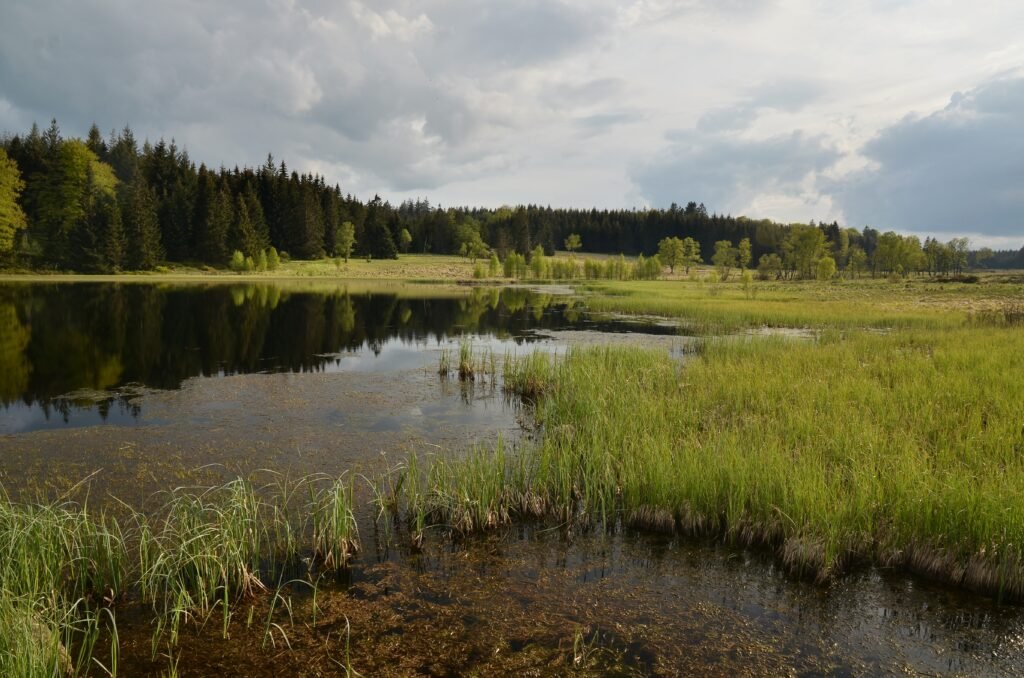
Peat bogs are wetlands with a thick layer of accumulating plant material, primarily sphagnum moss. These acidic, waterlogged environments are unique carbon sinks and provide a habitat for specialized species like carnivorous plants. Peat bogs play an essential role in global carbon storage and maintaining biodiversity.
Oasis
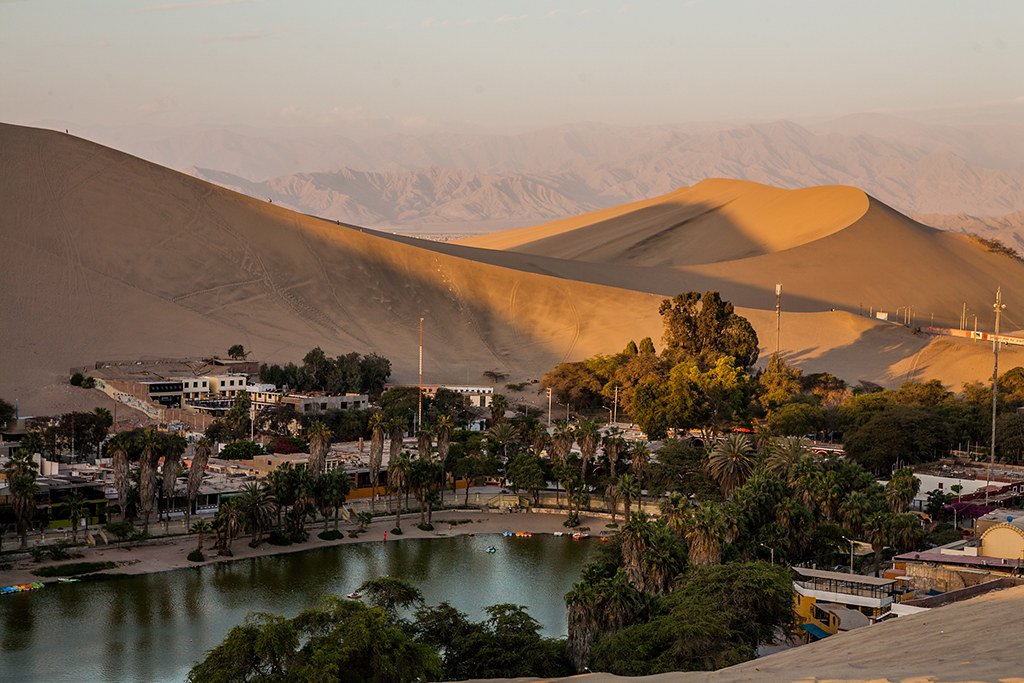
Oases are fertile spots found in deserts, created by a natural spring or water source. They support vegetation such as date palms and are crucial for sustaining life in otherwise inhospitable environments. Oases have been critical for human travel and trade across deserts throughout history.
Hydrothermal Vents
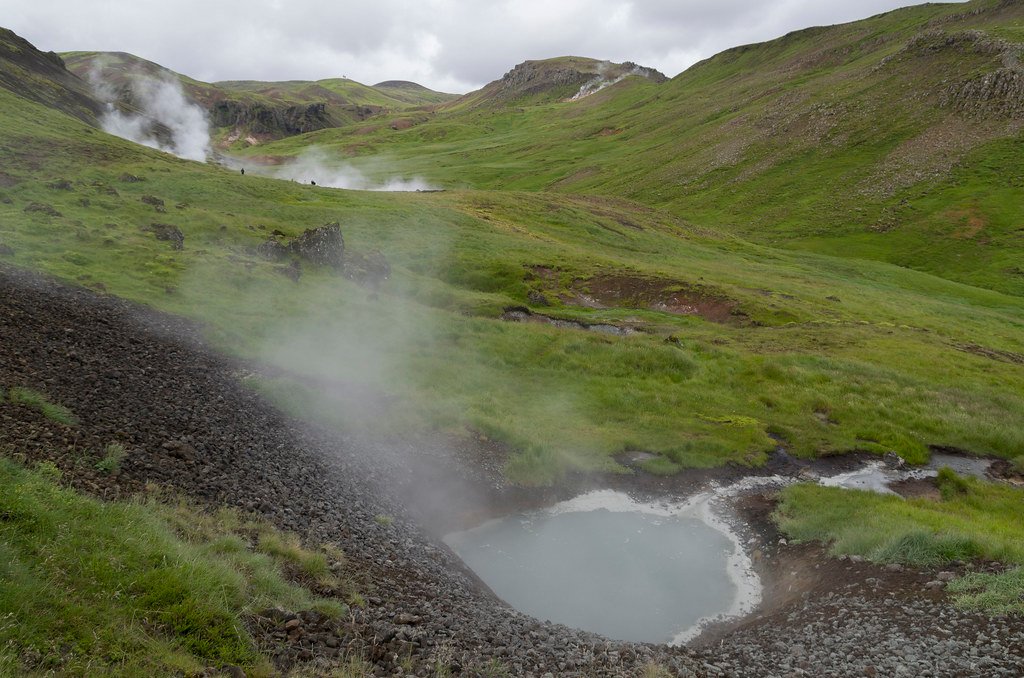
Located on the ocean floor, hydrothermal vents emit superheated water rich in minerals. These vents host ecosystems that thrive on chemosynthesis rather than photosynthesis, supporting life forms like tubeworms and unique bacteria. The extreme conditions provide insights into the adaptability of life.
Cave Systems
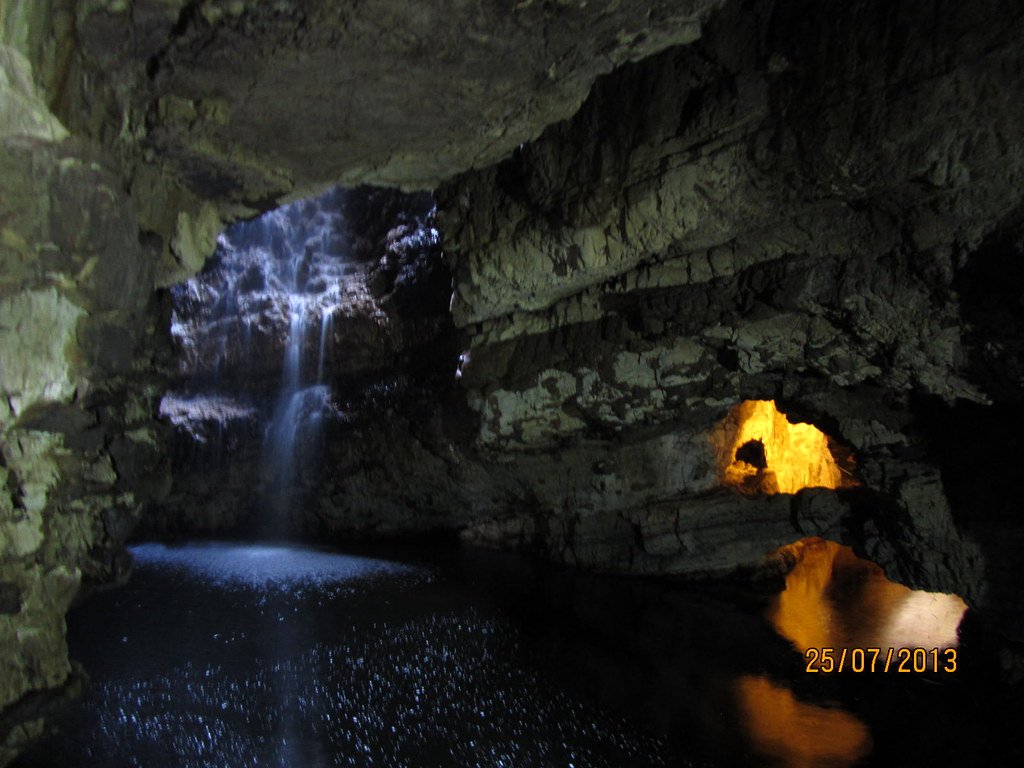
Caves offer isolated ecosystems with constant temperatures and high humidity levels. These environments host unique life forms like bats, insects, and cavefish. The adaptations required to survive in complete darkness create fascinating evolutionary stories within the subterranean world.
Tundra Pingo
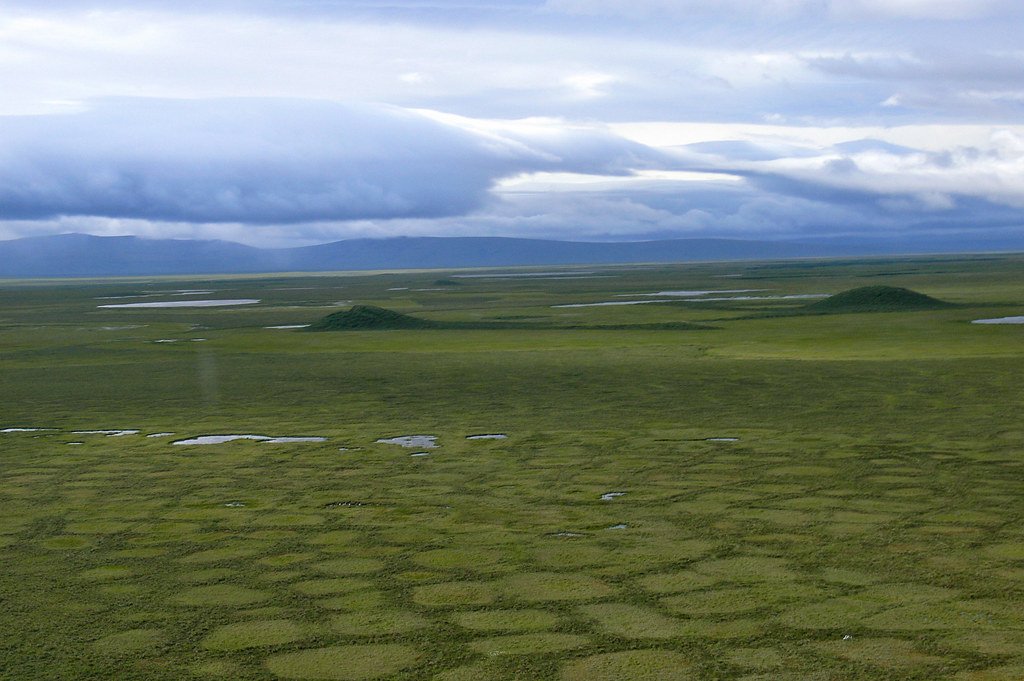
A pingo is a mound of earth-covered ice found in the tundra. These formations occur in permafrost areas and support specialized cold-adapted vegetation. Pingos are geological phenomena that give insights into permafrost processes and climate change impacts.
Muskeg

Common in Northern regions, muskegs are waterlogged areas filled with peat and decaying vegetation. Despite seemingly inhospitable conditions, they support unique plant communities, including black spruce and labrador tea, and provide critical habitats for wildlife such as moose and migratory birds.
Karst Landscapes
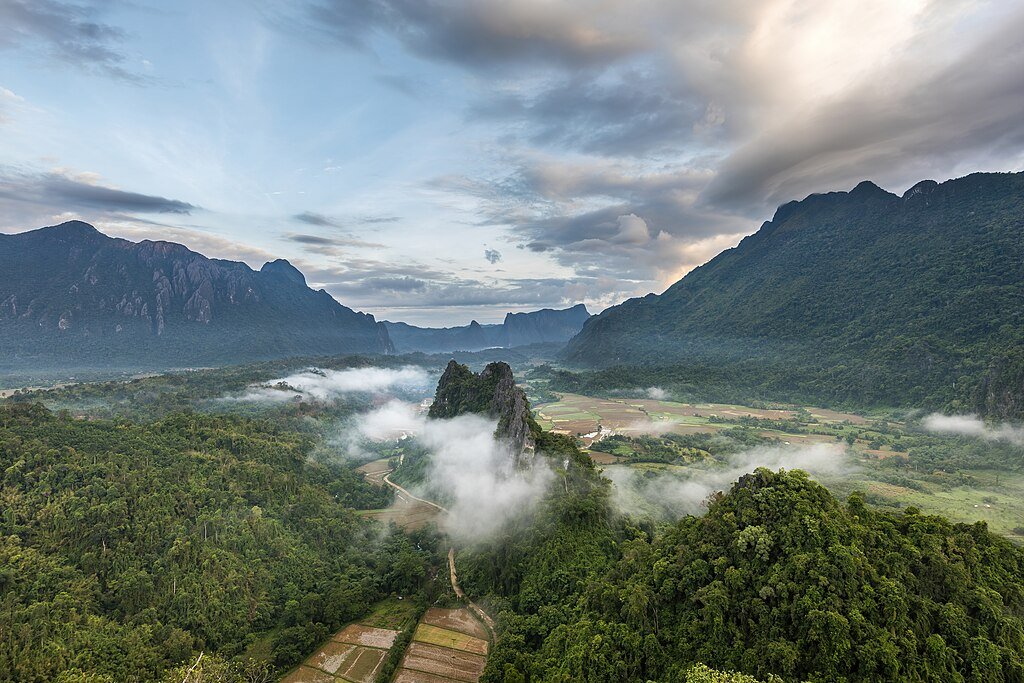
Karst landscapes are formed by the dissolution of soluble rocks such as limestone, creating caves, sinkholes, and springs. These highly permeable landscapes support specialized plant and animal life, often harboring rare and endemic species. Karst regions provide critical aquifers and are significant for hydrogeology research.
Temporate Rainforests

Temperate rainforests occur in coastal, cooler climates with high precipitation. Characterized by tall trees like sitka spruce and rich understory vegetation, these forests support a plethora of wildlife, including bears, birds, and amphibians. They play crucial roles in carbon storage and climate regulation.
Sinkhole Lakes
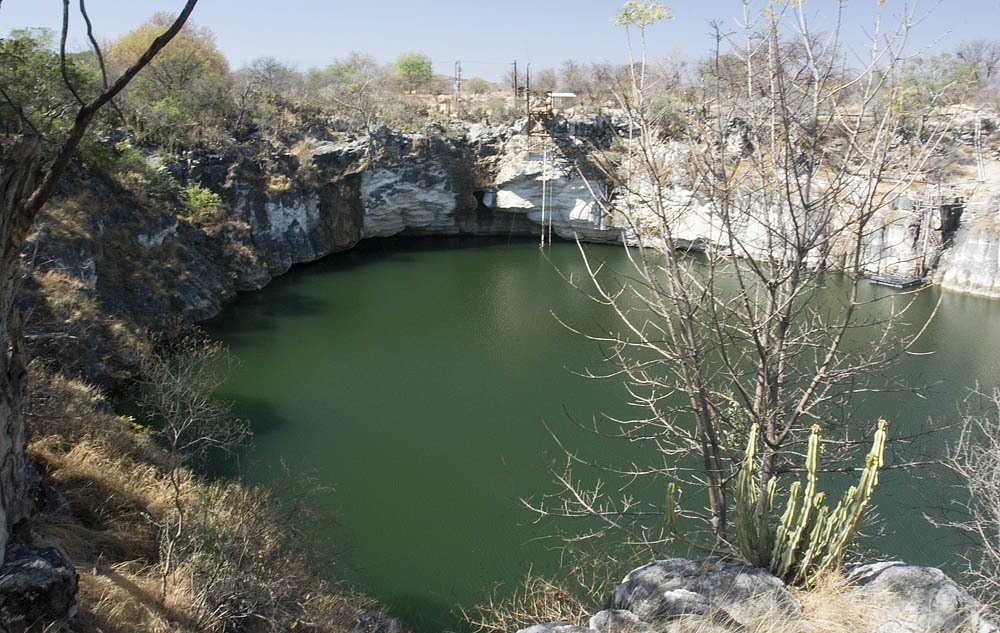
Created when sinkholes fill with water, these lakes can be found in regions with karst topography. They host specialized ecosystems with unique aquatic species. Sinkhole lakes are often windows into ancient ecological conditions, providing researchers valuable paleoenvironmental records.
Fen
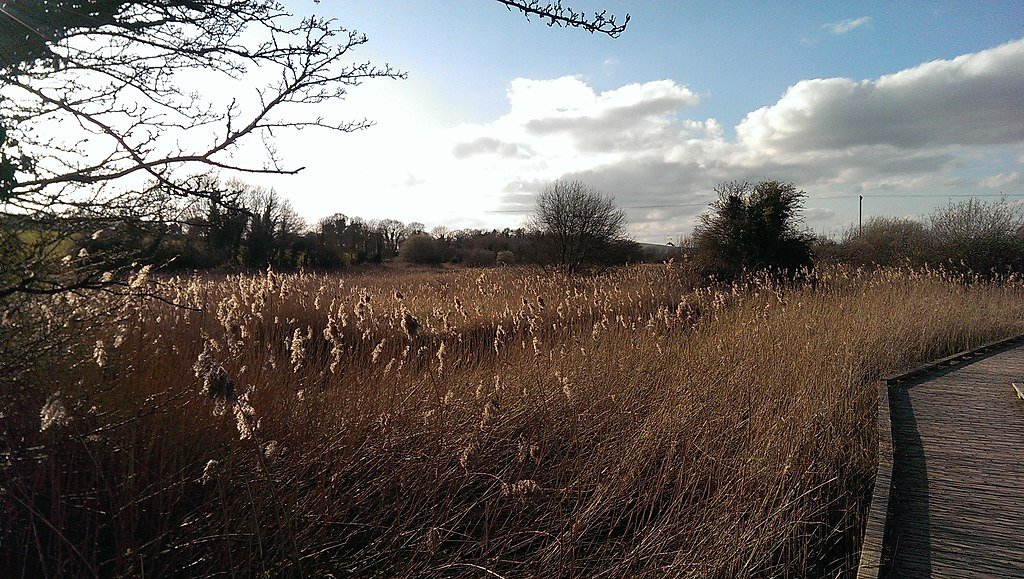
Fens are groundwater-fed wetlands characterized by peat-forming marshes. They have alkaline conditions and support a diverse plant community, including sedges and wildflowers. Fens are important for water filtration, carbon storage, and biodiversity, serving as critical habitats for various species of wildlife and plants.
Conclusion
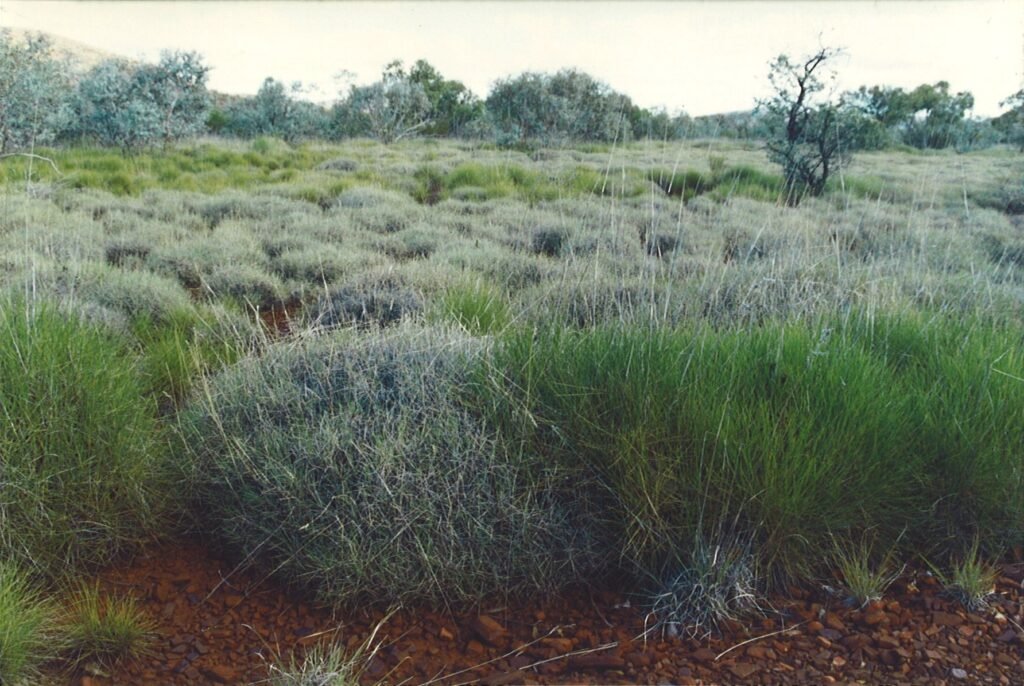
The world is teeming with unique ecosystems, each offering insight into the complexity and adaptability of life. By exploring and understanding these lesser-known environments, we gain appreciation for their role in biodiversity and the broader ecological balance. Protecting these ecosystems is vital not only for their intrinsic value but also for their contributions to our planet’s health and resilience.



